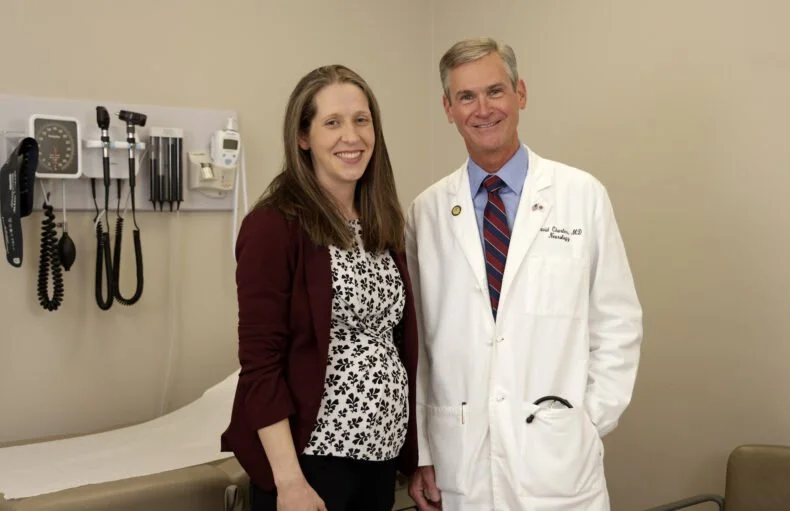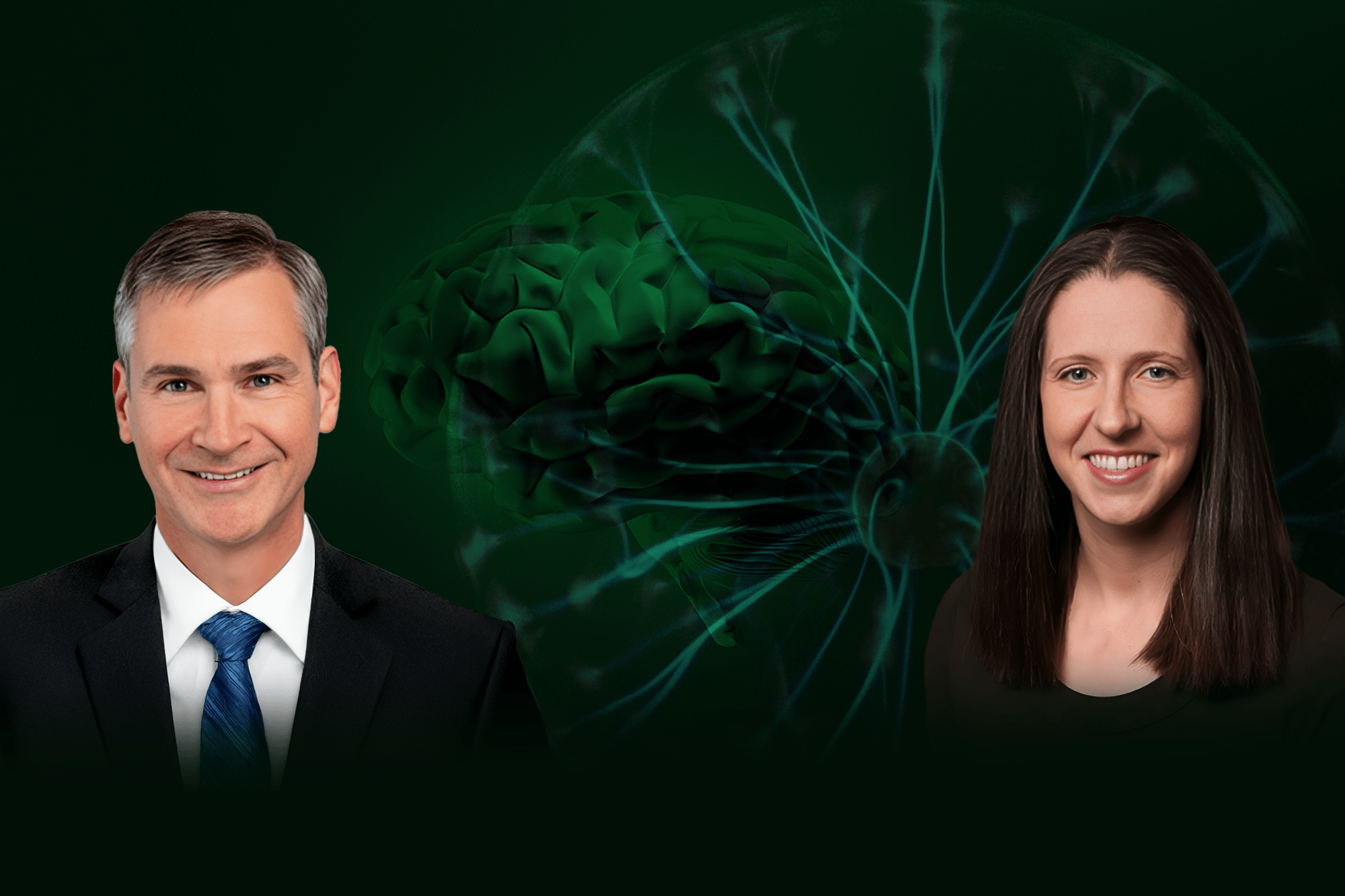Parkinson’s is best known for manifesting with a tremor, but patients may have up to four “cardinal features” that include muscle rigidity, slowing of movements and balance problems.
By: Evan Dorian
Researchers at Vanderbilt University Medical Center have long studied potential therapies to treat Parkinson’s disease, a notoriously devastating neurodegenerative condition. Patients can live with Parkinson’s, but at the cost of being moderately to severely disabled by its effects.
Parkinson’s is best known for manifesting with a tremor, but patients may have up to four “cardinal features,” notes David Charles, MD, professor and vice chair of Neurology. These cardinal features can include a tremor as well as muscle rigidity, bradykinesia (slowing of voluntary movements) and postural instability (balance problems).
But patients often find that they suffer from more than just the parts of their disease that are visible to the outside observer.
“There are unfortunately many non-motor symptoms,” said Charles. “Depression, constipation, anxiety, sleep problems and loss of sense of smell, among others. There’s a laundry list of things that can occur in people with Parkinson’s.”
Because there is no test to determine if a patient has Parkinson’s, they receive a clinical diagnosis based on their symptoms, findings from a neurologist’s examination and their response to medication. According to Charles, while there is good news on the treatment front, it comes with a stipulation.
“We’ve got a lot of medications for Parkinson’s, but the bad news is they only help the symptoms for a few hours after you take the tablet. They don’t slow down the underlying degeneration that’s going on in the brain,” said Charles. “So what we’re going for is the first treatment that would slow or stop the motor symptoms from progressing in Parkinson’s disease.”
Charles and his colleague Mallory Hacker, PhD, MSCI, assistant professor of Neurology, have for years studied deep brain stimulation, or DBS, a treatment that may offer hope for Parkinson’s patients — particularly if the therapy is applied in the earliest stages of the disease.
Recent findings from Hacker identified that a “sweet spot” deep within the brain has direct lines of communication to motor regions far out on the surface of the brain — the cerebral cortex. Results suggested that stimulation of a specific site in the dorsolateral subthalamic nucleus is associated with both slower motor progression and long-term motor improvements in Parkinson’s disease.
To further advance their research, Charles and Hacker have received Food and Drug Administration approval to lead a multicenter clinical trial to assess patients’ responses to DBS, which they hope will pave the way for a paradigm shift in treatment of patients with Parkinson’s.
Despite the complex nature of treating a neurodegenerative disease, Charles and Hacker’s plans for the trial are relatively straightforward: The goal is to enroll 134 patients at up to 20 centers across the country and assess the effectiveness of DBS in slowing or stopping the progression of Parkinson’s disease.
While all of the participants would be implanted with a DBS electrode, half would have the electrode turned on and half would have it remain off. The study would be double-blind, meaning that neither patients nor research doctors would be aware of who was in which group.
Hacker explained that, building on a practice from an earlier phase of the research, a unique feature of the planned study is a seven-day therapy “washout,” which allows doctors to measure how effective the patient’s treatment was against their baseline.
“Patients came in and were evaluated essentially in two states. They were evaluated on their DBS and medications to assess: How are patients living, and how well is the therapy treating their symptoms?” said Hacker. “And then they were asked to stop the medication and have their stimulator turned off, and they were ‘washed out’ of those very potent symptomatic therapies for a week so that we could evaluate their untreated motor symptoms of Parkinson’s.”
Following the therapy washout and assessment, patients can then be randomly selected to either receive DBS treatment or be part of the group with an inactive electrode.
“In doing this, we remove the therapy for a week, and that lets us have a really good understanding of how the underlying progression of the disease is evolving over two years when you compare the two groups,” said Hacker. “This is the trial design that we plan to carry forward in the upcoming multicenter Phase 3 clinical trial because it gave us some really interesting data to look at.”
Credit: VUMC News
Full article: https://news.vumc.org/2025/04/07/vanderbilt-neurology-research-duo-shares-details-of-new-clinical-trial-that-would-take-aim-at-slowing-or-stopping-the-progression-of-parkinsons-disease/












